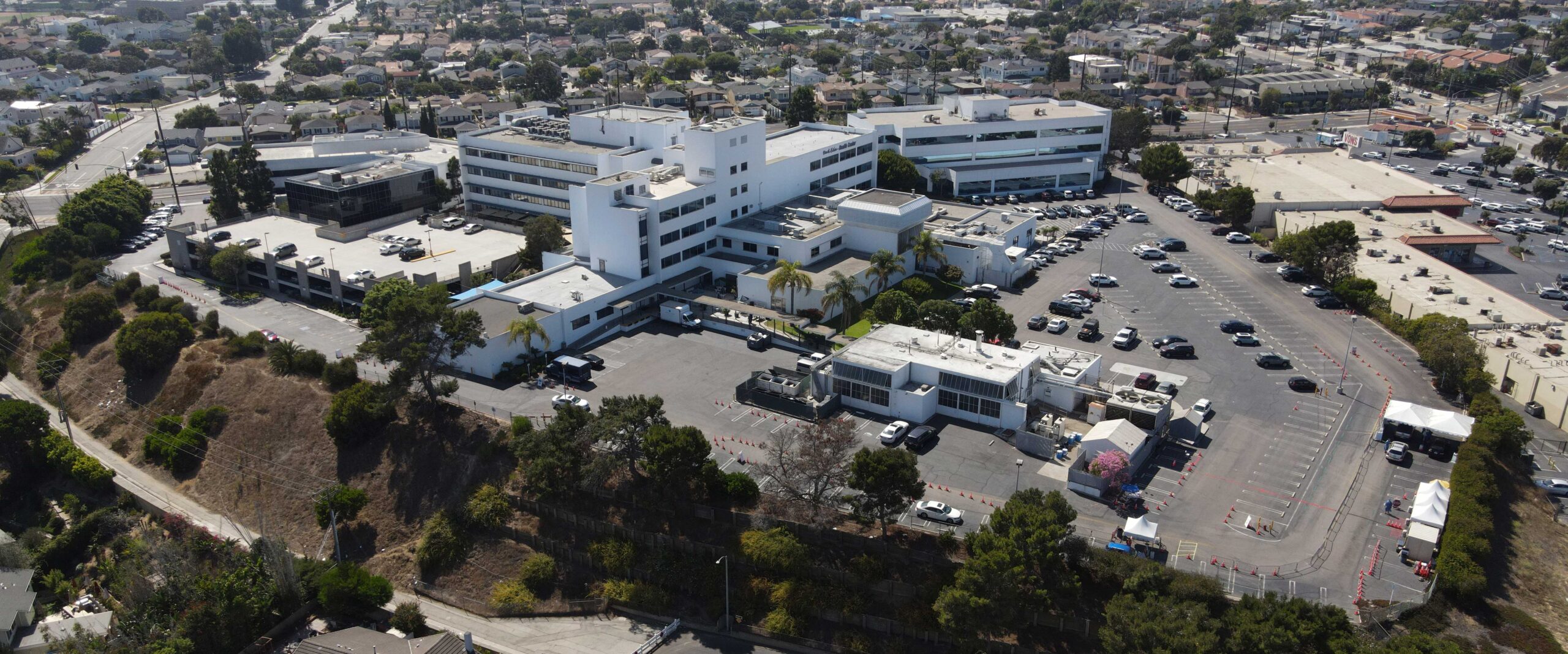Environmental Impact Report
A vision for health, livability and community.

The Beach Cities Health District (BCHD) Board of Directors voted to certify the Final Environmental Impact Report (EIR) for the District’s Healthy Living Campus Master Plan, verifying the document complies with the California Environmental Quality Act (CEQA). The vote was taken during the Board Meeting Sept. 8, 2021, and was 5-0 in favor of certification. More than 300 public comments and responses were included in the 1,778-page Final EIR.
Healthy Living Campus EIR Appendices
- Appendix A-Initial Study Notice of Preparation and Scoping Comments
- Appendix B-HHRA and CalEEMod AQ Calculation Results
- Appendix C-Biological Resources
- Appendix D-Cultural Resources Technical Studies
- Appendix E-Construction Fuel Consumption Calculations
- Appendix F-Geolotechnology Studies
- Appendix G-Phase I & II ESA
- Appendix H-Hydrology
- Appendix I-Noise Modeling Results
- Appendix J-Non-CEQA Intersection Operational Evaluation
- Appendix K-Vehicle Miles Traveled Study
- Appendix L-Utilities and Service Systems
- Appendix M-Shade and Shadow Study
- Appendix N-Comments on Draft EIR
Healthy Living Campus planning has been a multi-year endeavor. The proposed project has undergone revisions based on community feedback and input from expert structural and financial consultants.

Stay Connected
Sign up to get interesting news and updates delivered to your inbox.

